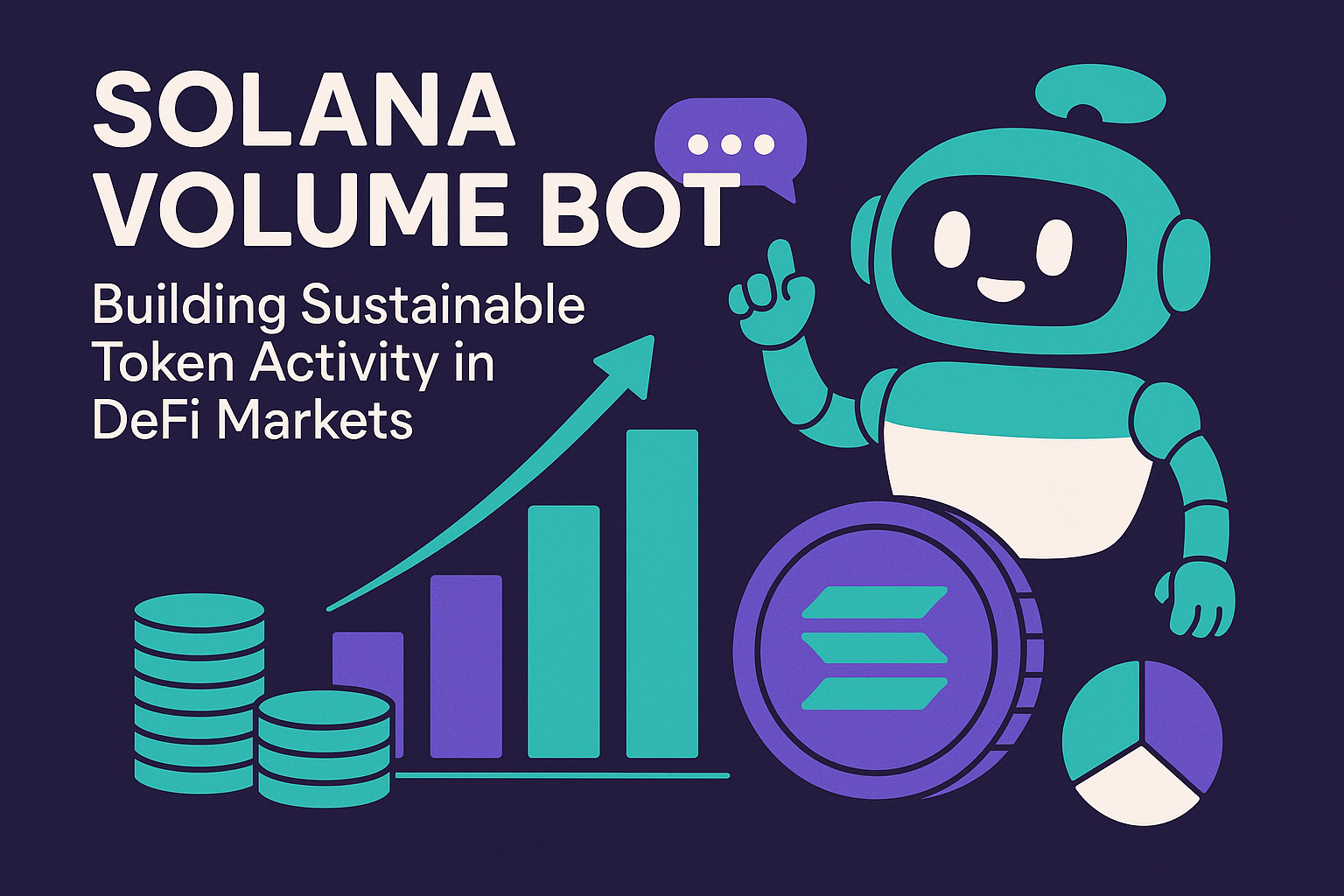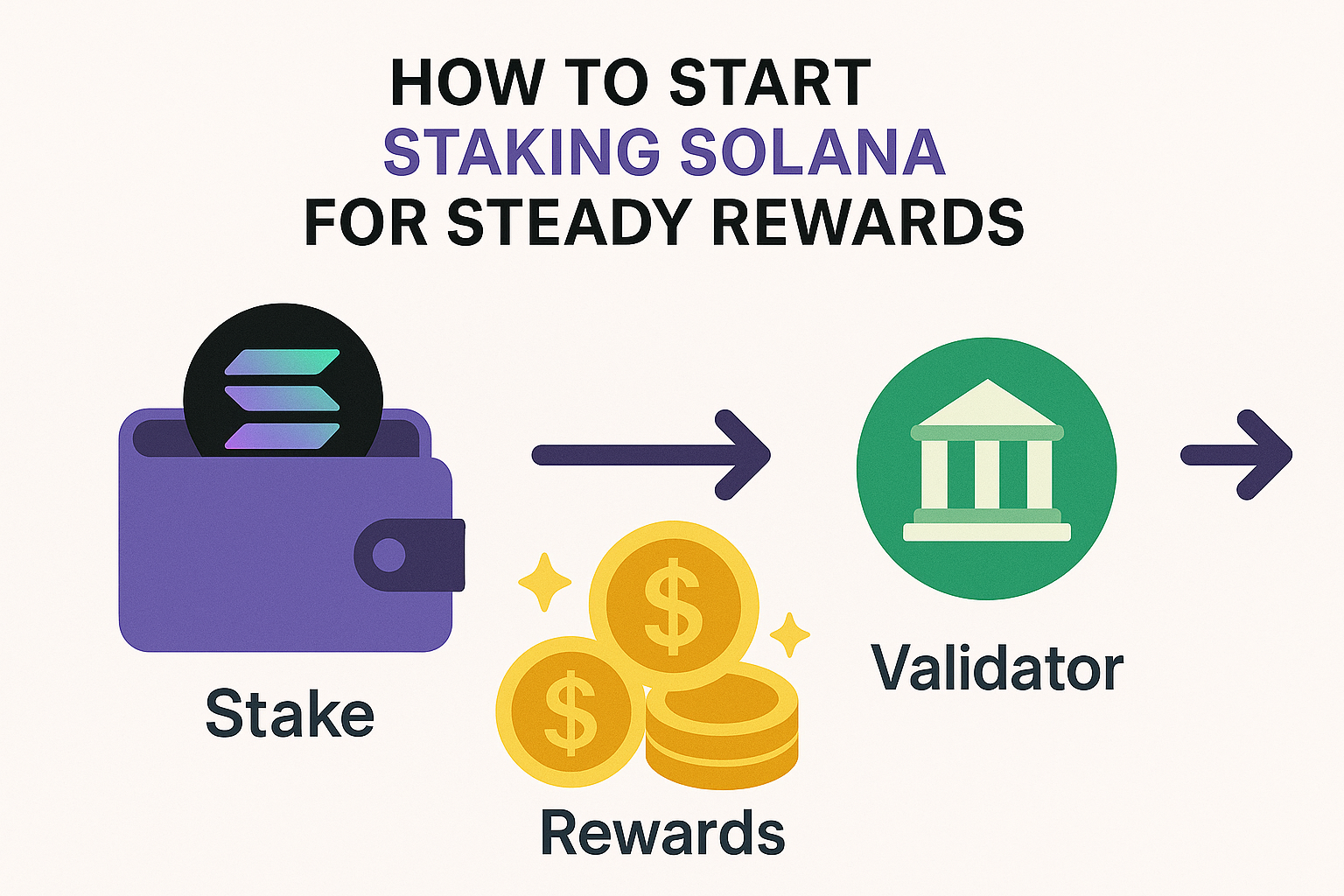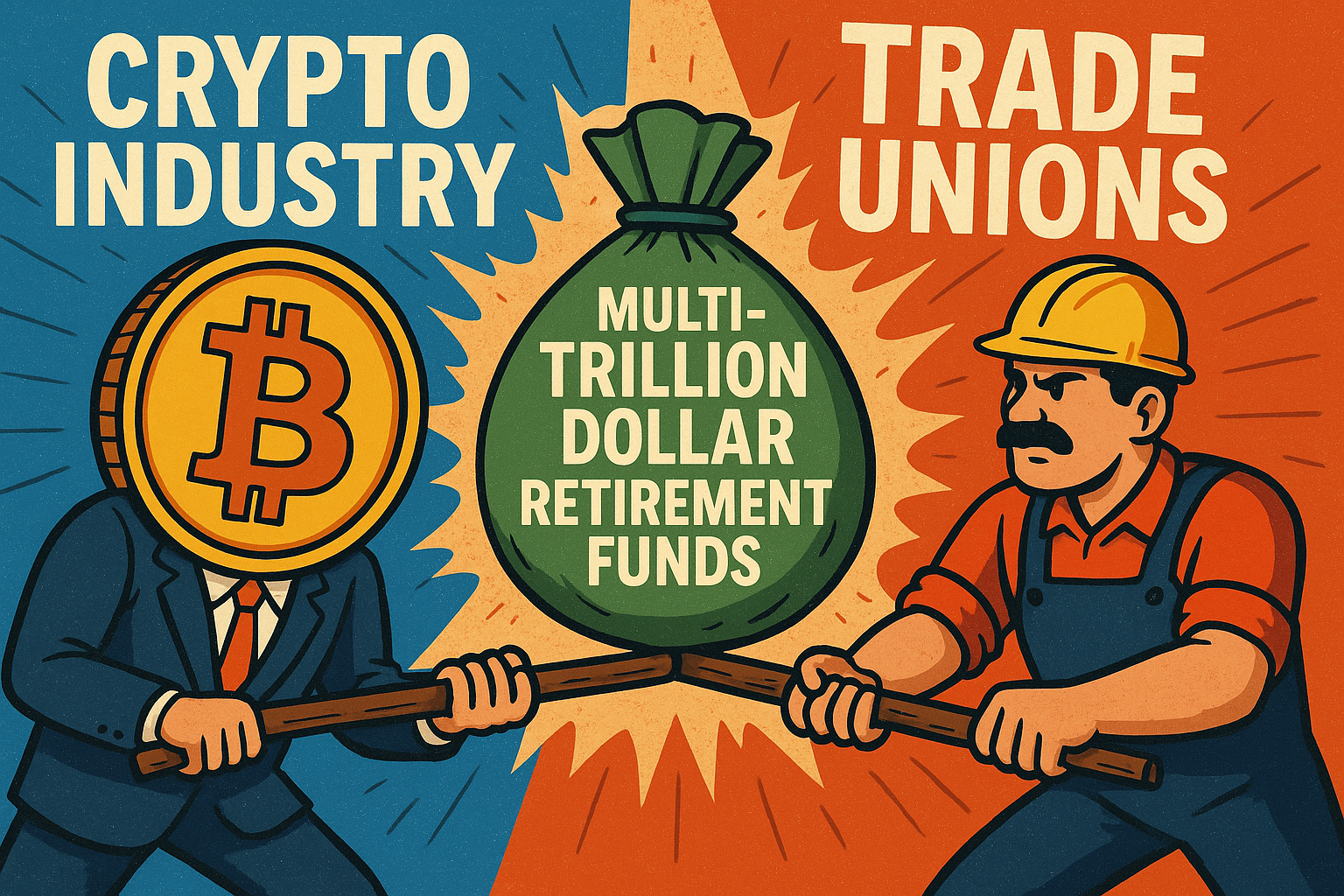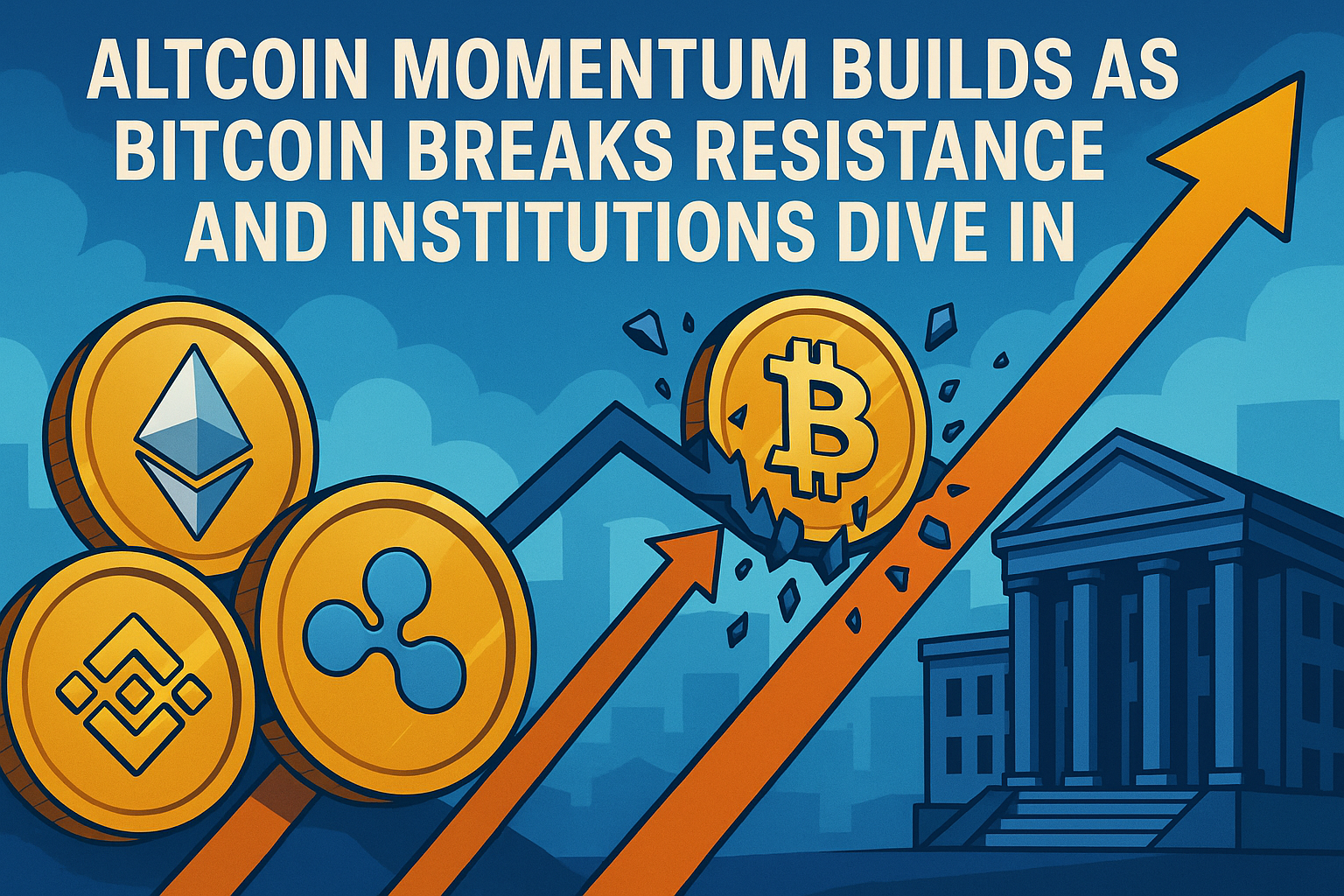Table of Contents
In the ever-evolving world of cryptocurrencies and blockchain technology, there are constant advancements and innovations. Two high-performance blockchains, Solana and Avalanche, have emerged as strong contenders in the race to provide scalable and efficient solutions for decentralized applications (dApps) and smart contracts.
Let's dive into the features and capabilities of both platforms to understand the clash between Solana and Avalanche!
Solana: Powering the Future of DeFi
Solana has gained significant attention for its lightning-fast transaction speeds and scalability. It is an open-source, decentralized blockchain platform designed to support decentralized applications and provide a high-performance infrastructure for crypto projects.
Solana's Unique Consensus Mechanism: Proof of History
One of the key factors behind Solana's speed and scalability is its innovative consensus mechanism known as Proof of History (PoH). PoH enables nodes to generate historical records, creating a verifiable order of events without the need for expensive consensus algorithms. This feature allows Solana to process thousands of transactions per second, making it an ideal choice for high-demand applications.
Smart Contracts on Solana
Solana is also compatible with the Ethereum Virtual Machine (EVM), allowing developers to migrate their existing Ethereum-based smart contracts to Solana with ease. This compatibility opens up a world of possibilities for developers looking to leverage Solana's high-performance capabilities while maintaining compatibility with the vast Ethereum ecosystem.
Ecosystem and Partnerships
Solana has established a vibrant ecosystem with a wide range of decentralized applications and protocols. Projects like Serum, Raydium, and Mango Markets are just a few examples of the thriving DeFi ecosystem on Solana. Additionally, Solana has garnered support from major players in the crypto industry, including FTX exchange and Chainlink, further boosting its credibility and adoption.
Avalanche: A Scalable and Interoperable Platform
Avalanche is another blockchain platform that aims to provide scalability, high throughput, and interoperability. It utilizes a unique consensus protocol called Avalanche consensus, which enables the network to achieve consensus rapidly and with high finality.
Avalanche's Three-Chain Architecture
Avalanche adopts a three-chain architecture, consisting of the primary network, subnets, and virtual machines (VMs). This design allows for the creation of multiple subnets, each with its own consensus mechanism and governance rules, catering to different use cases and optimizing resource allocation.
Efficient and Secure Smart Contracts
Avalanche supports the creation and execution of smart contracts using its native programming language, Solidity. By leveraging Avalanche's powerful infrastructure, developers can deploy complex and highly scalable smart contracts while ensuring high security standards.
Interoperability with Other Blockchains
Avalanche places a strong emphasis on interoperability, enabling seamless integration with other blockchains. It supports the Ethereum Virtual Machine (EVM), allowing developers to migrate their Ethereum-based projects to Avalanche easily. This interoperability paves the way for cross-chain liquidity and collaboration, expanding the possibilities for decentralized finance and other blockchain applications.
Solana vs. Avalanche: A Comparison
When comparing Solana and Avalanche, it's clear that both platforms offer impressive features and performance. However, there are notable differences that might influence developers and users in their decision-making process.
Transaction Speed and Scalability
Solana's Proof of History (PoH) consensus mechanism provides unparalleled transaction speeds, allowing it to handle a vast number of transactions per second. Avalanche, on the other hand, boasts fast consensus with high finality, making it suitable for applications requiring strong security guarantees. The choice between the two depends on the specific needs of the project.
Ecosystem and Adoption
Solana has seen significant growth in its ecosystem, with a wide array of decentralized applications and protocols built on the platform. Avalanche, while still relatively new, has been making strides in attracting developers and establishing partnerships. Both platforms have gained attention and support from prominent players in the crypto industry.
Development Tools and Community Support
Solana benefits from its compatibility with the Ethereum ecosystem, allowing developers to tap into a vast pool of resources and tools. Avalanche, with its solid foundation and interoperability, provides developers with a flexible and robust environment. The choice here may depend on the developer's familiarity with existing tools and their specific requirements.
In the battle between Solana and Avalanche, it's hard to pick a clear winner. Both platforms offer unique features and advantages that cater to different needs within the blockchain space. Solana's lightning-fast transaction speeds and Ethereum compatibility make it a go-to choice for high-performance dApps, while Avalanche's scalability and interoperability open doors for cross-chain collaboration.
british bitcoin profit is a trading software that utilizes advanced algorithms to analyze the cryptocurrency market and provide users with trading signals. It can assist traders in making informed decisions in the dynamic cryptocurrency market.
Ultimately, the decision between Solana and Avalanche depends on the specific requirements of your project and the ecosystem you wish to align with. Regardless of the choice, both platforms represent significant advancements in blockchain technology, pushing the boundaries of what is possible in the world of decentralized applications and smart contracts.








